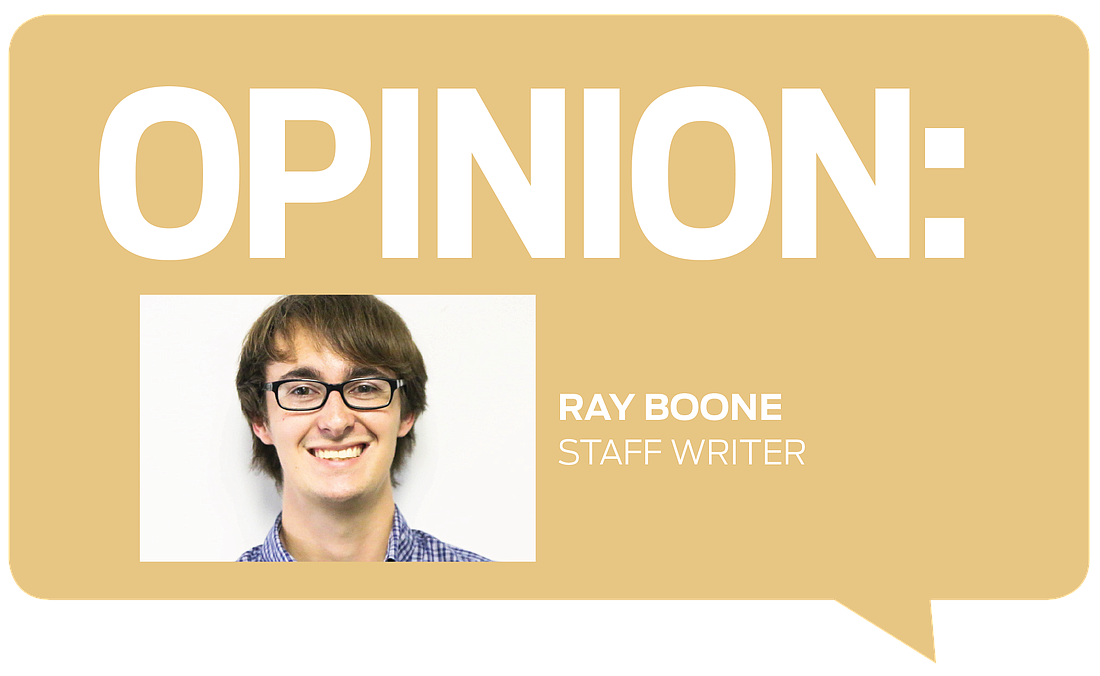- November 25, 2024
-
-
Loading

Loading

I can honestly say that I’ve spent the majority of my summer work hours at high school football practices.
I cover Flagler Palm Coast, Matanzas, Seabreeze, Mainland, Spruce Creek and Atlantic, and I’ve dropped by for a few hours of grueling summer workouts for nearly all of these schools. In addition, most of these schools are scheduled to play in 7-on-7 tournaments throughout the summer in order to sharpen their skills.
One thing I have noticed in my time around each of these programs is that they are all run in vastly different ways. Sure, much of the workouts are the same. Players lift weights and run suicides while their coaches reiterate their patented mantras and slogans. But the intensity varies so much from school to school.
For example: Seabreeze plays a very limited number of 7-on-7s. They played at the University of Central Florida’s camp on June 16 but have mostly stuck to hosting a few local teams on the Sandcrabs’ own practice field a few times a week. FPC, Spruce Creek and Mainland, on the other hand, have traveled hundreds of miles to compete in 7-on-7s all around the state, including at UCF, the University of South Florida and the Jacksonville Jaguars Passing and Big Man Challenge.
I’m not saying either of these methods is superior to the other. I guess some teams are just used to running their programs a certain way.
But it does come to a point where I imagine most coaches ask this question: Is my team doing too little or too much?
If you do too little, you won’t improve in time for the season. If you do too much, you’ll tire out before the season even begins.
There’s a fine line in finding the balance at practice for your team — a team that, most importantly, is made up of still-growing teenagers. It’s a line all coaches should strive to be on.